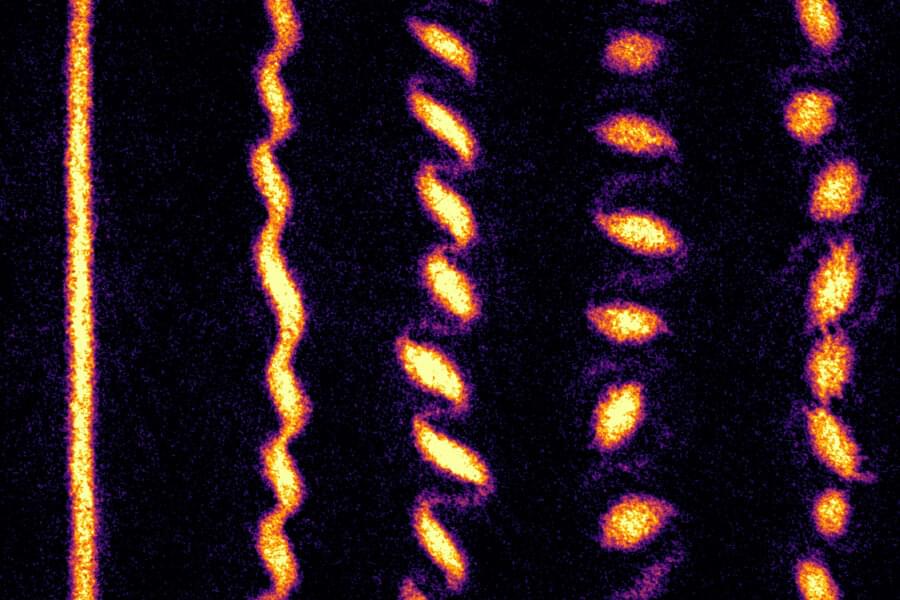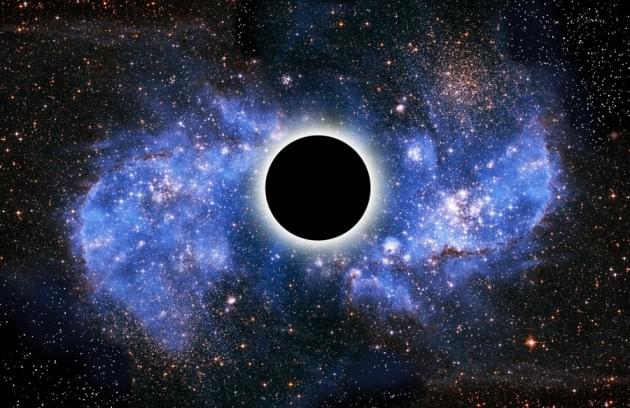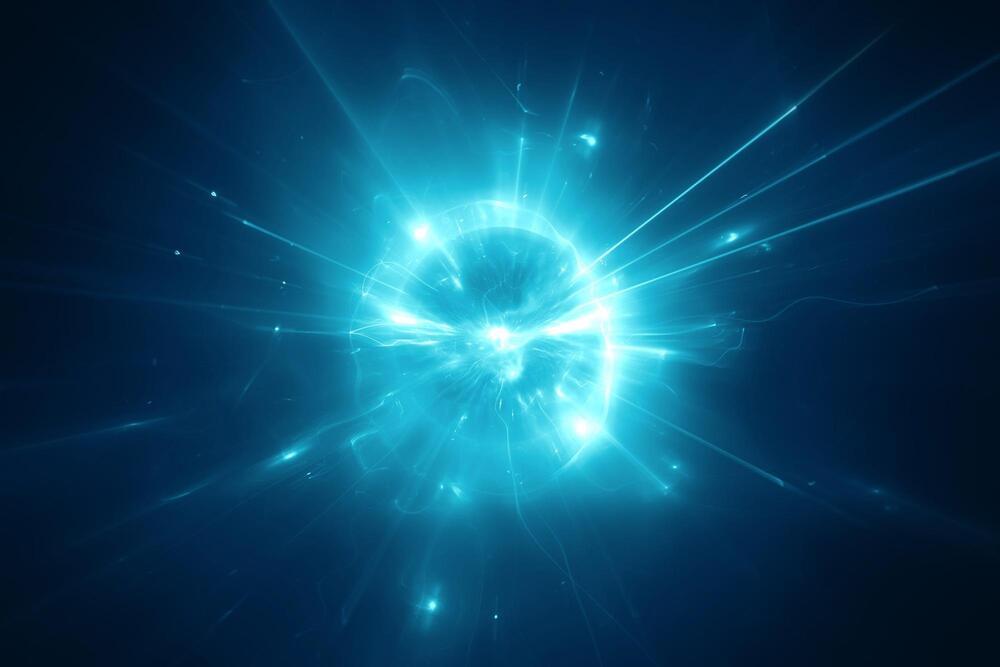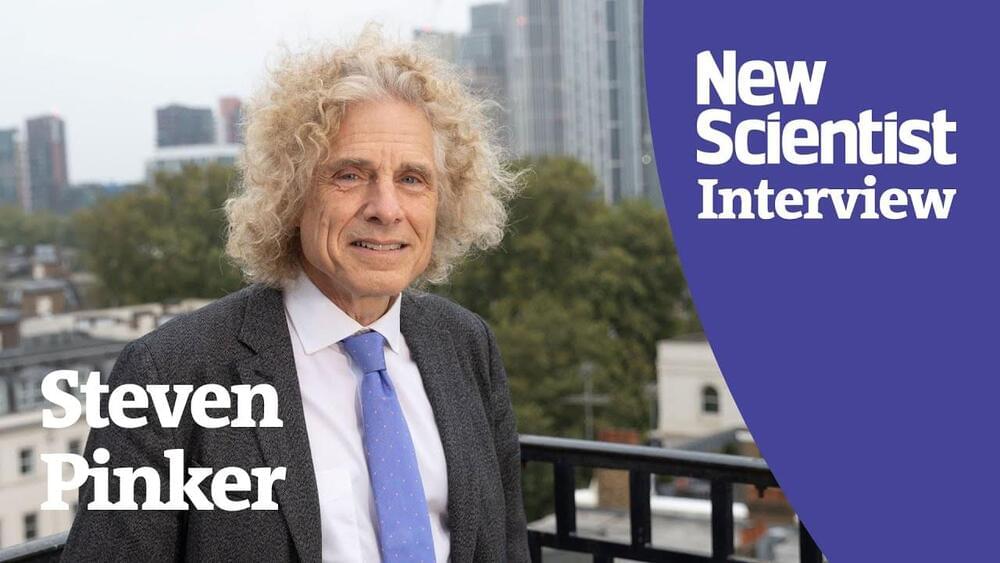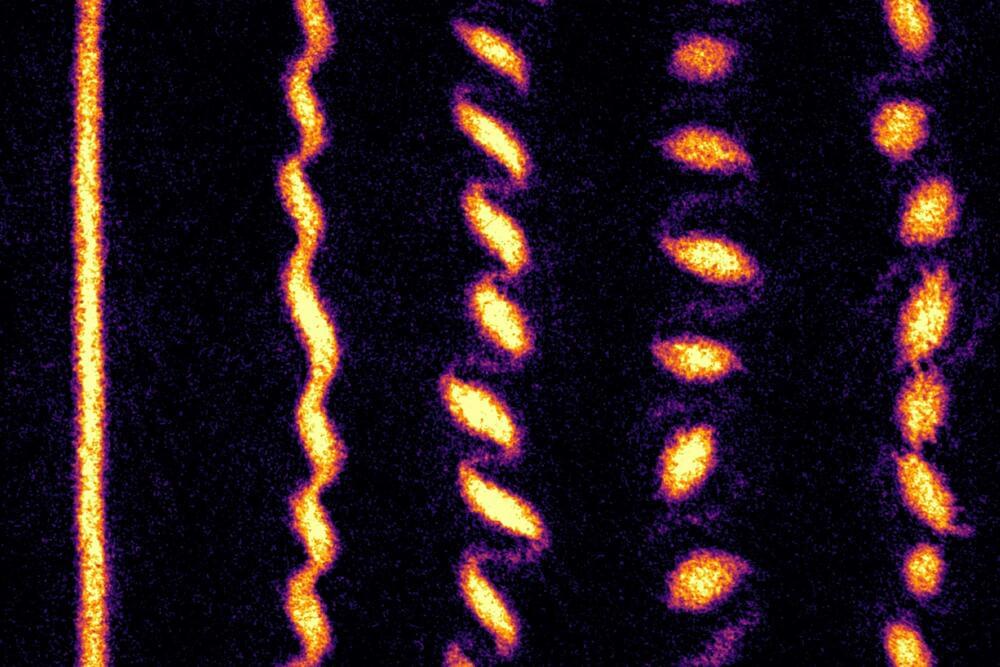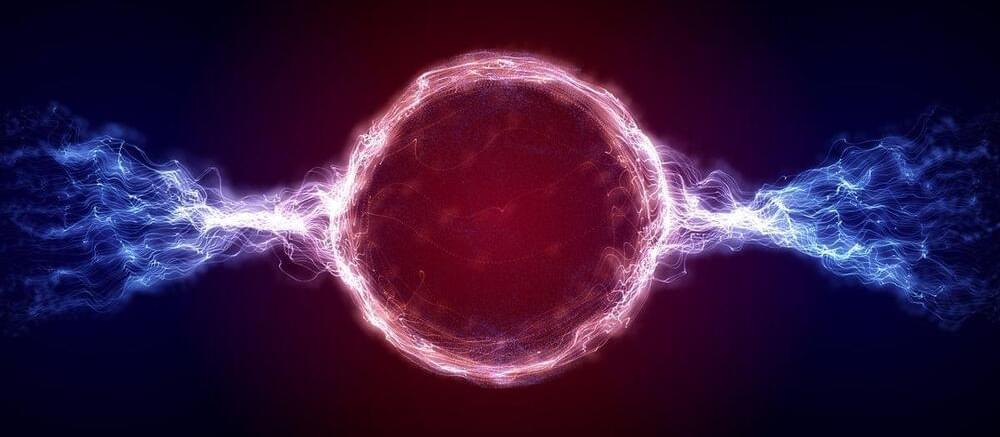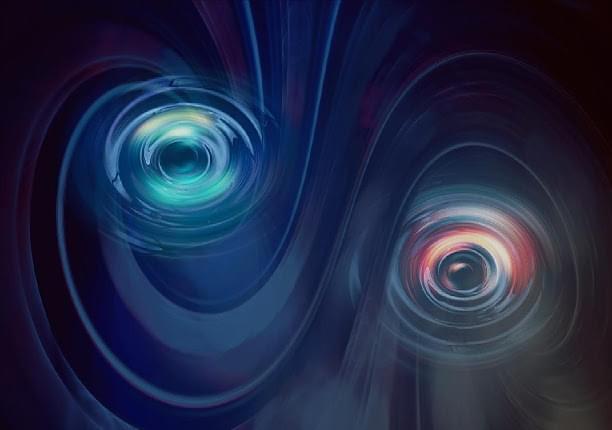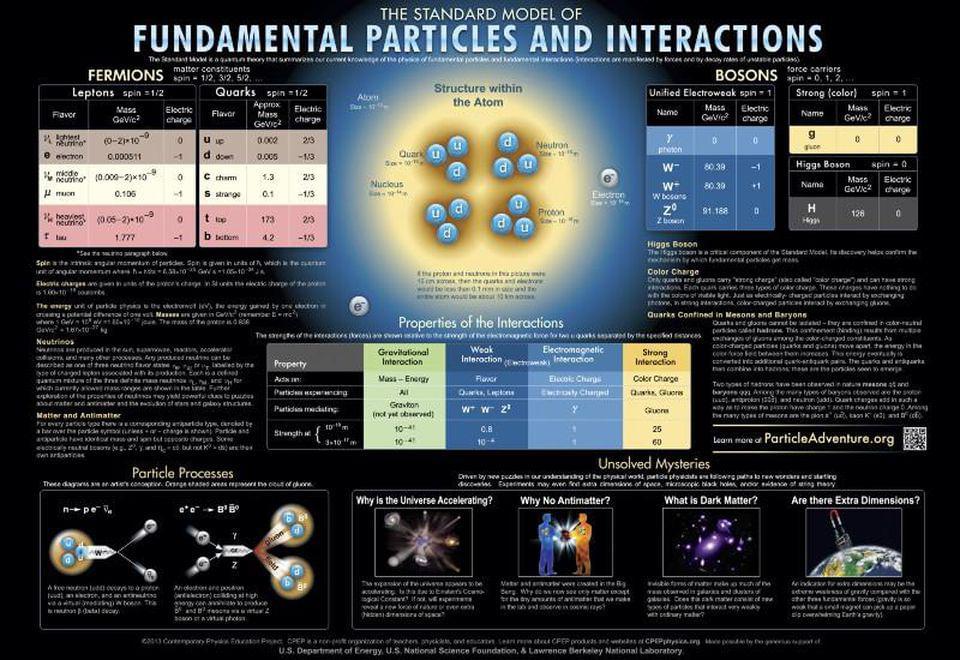Jan 11, 2022
Scientists Say the Universe Itself May Be “Pixelated”
Posted by Paul Battista in categories: particle physics, quantum physics, space
Here’s a brain teaser for you: scientists are suggesting spacetime may be made out of individual “spacetime pixels,” instead of being smooth and continuous like it seems.
Rana Adhikari, a professor of physics at Caltech, suggested in a new press blurb that these pixels would be “so small that if you were to enlarge things so that it becomes the size of a grain of sand, then atoms would be as large as galaxies.”
Adhikari’s goal is to reconcile the conventional laws of physics, as determined by general relativity, with the more mysterious world of quantum physics.
